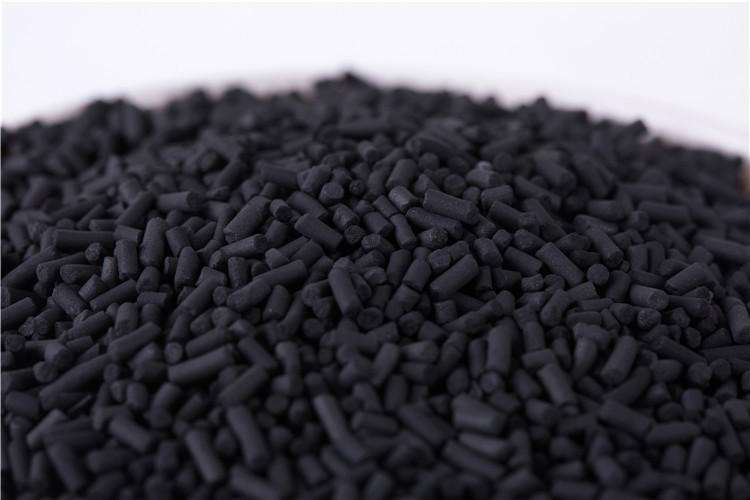Before introducing the related knowledge of carbon molecular sieve, about the separation of carbon molecular sieve, it can understand nitrogen molecular carbon sieve. The gas narrows filters through the compressor, then enters the polymer membrane filtration device. This is because the solubility diffusion coefficient of various gases in the membrane are different, so the steam in the membrane depends on the penetration rate, so there will be different steam. According to this characteristic, various gases can be divided into "fast gas" "slow gas".
There are two adsorption towers equipped with special carbon molecular sieves for nitrogen production. When the pure compressed air enters the inlet of tower a flows through the carbon molecular sieve to the outlet, O2, CO2 H2O are adsorbed by it, the product nitrogen flows out the outlet of the adsorption tower. After a period of time, the carbon molecular sieve in tower a is saturated by adsorption. At this time, tower a automatically stops adsorption, compressed air flows into Tower B to absorb oxygen nitrogen, carbon molecular sieve is placed in tower a. The regeneration of carbon molecular sieve can be realized by rapidly reducing the adsorption tower to atmospheric pressure. Remove adsorbed oxygen, carbon dioxide water. The separation of oxygen nitrogen is completed by the two columns alternately, the nitrogen is continuously output. The above process is controlled by PLC.
When the nitrogen purity level is set at the outlet, the PLC program starts to work, the automatic exhaust valve is opened, the unqualified nitrogen is automatically discharged to ensure that the unqualified nitrogen will flow to the gas point. After the gas is discharged, the muffler is used to silence the noise to make the noise less than 75dBA.
When the mixed gas has the effect of pressure difference between the two sides of the membrane, the permeability depends on the fast gas passing through the membrane, such as water, hydrogen, helium, hydrogen sulfide, carbon dioxide, etc. It is enriched at the permeation side of the membrane, the permeability depends on the gas which is too slow (such as methane, hydrogen, carbon monoxide argon) to stay on the side of the membrane to be enriched, thus realizing the separation of mixed gases.
